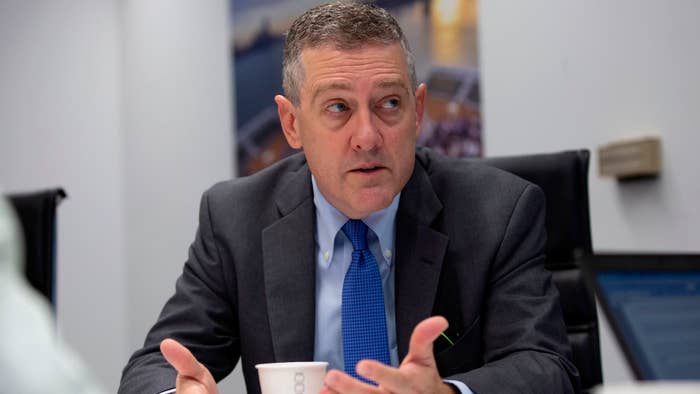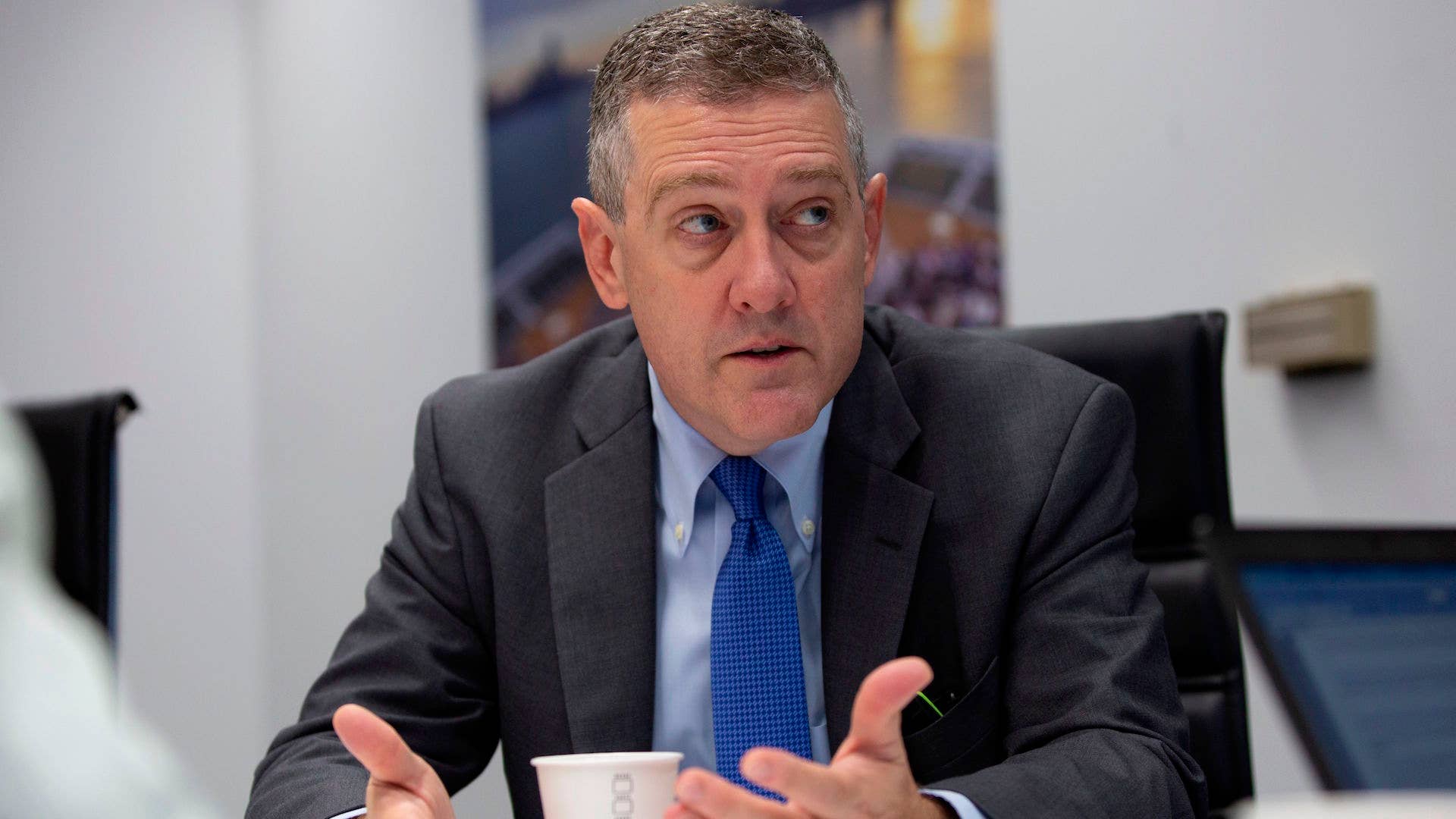
Federal Reserve Bank of St. Louis president James Bullard believes that the coronavirus pandemic could cause the U.S. unemployment rate to balloon to upwards of 30 percent in the second quarter, Bloomberg reports. In the face of such an alarming assessment, Bullard tried to strike a slightly more hopeful tone when discussing how the Federal Reserve is still searching for ways to support the country during a tough stretch.
"Everything is on the table," Bullard said of the Fed, in terms of additional lending programs. "There is more that we can do if necessary," he added. "There is probably much more in the months ahead depending on where Congress wants to go."
Bullard thinks the government needs to prioritize helping American workers and businesses across all industries, saying, "It is totally stupid to lose a major industry because of a virus. Why would you want to do that?" The House and Senate, however, remain at an impasse in negotiations on the fine details in an economic stimulus package that looks to be worth more than $2 trillion. The White House wanted to have a bill ready for a vote by Monday.
The bill will need to address the $2.5 trillion loss in income in this second quarter as a result of a 50 percent decline in gross domestic product. Bullard forecasts that with an aggressive government aid response, the third quarter could serve as a "transitional quarter" with the fourth quarter and first quarter of next year becoming "quite robust," or "boom quarters," as Americans make up for the money they haven't spent during this down period.

